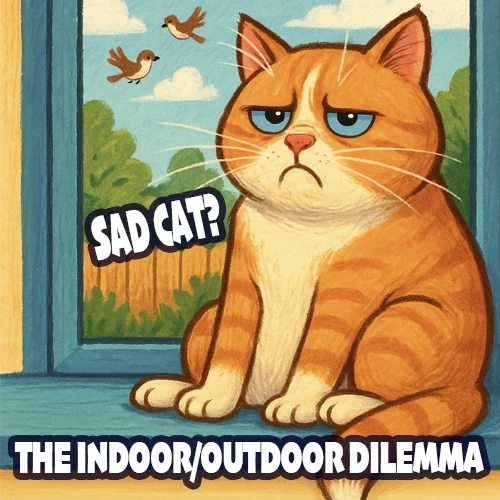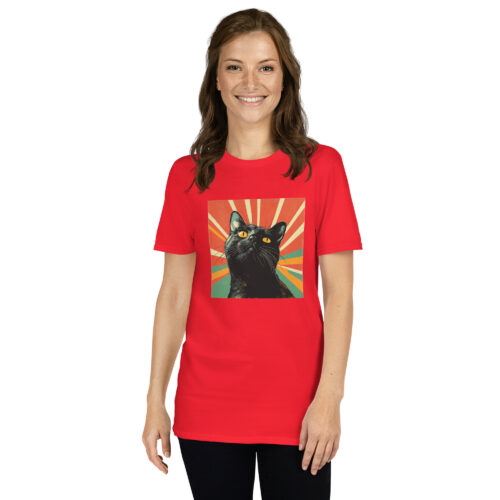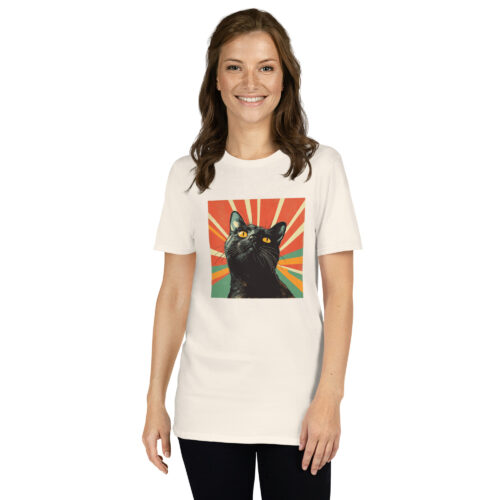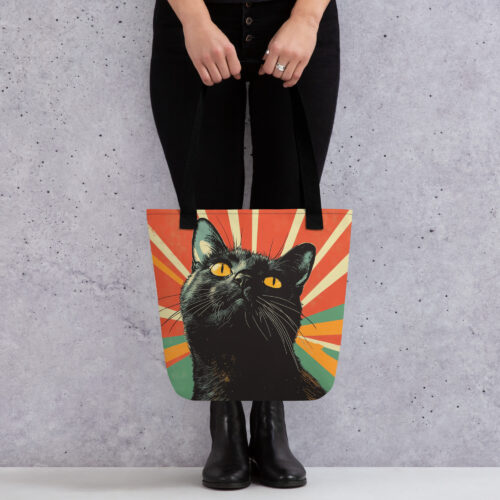
Cat Weight Loss Tips & Tricks: Help Your Kitty Stay Healthy
Table of Contents
Many cat owners see their feline companions as their children, and just like with human kids, we want the best for them—including good health. If you’ve noticed your kitty packing on a few extra pounds, you’re not alone. Overweight cats face a greater risk of health problems, such as diabetes, arthritis, and heart disease. Fortunately, helping your cat shed those extra pounds is entirely possible with a little effort and commitment. In this guide, we’ll explore effective cat weight loss tips and tricks to help your beloved feline stay happy and healthy.
Why Is Cat Weight Loss Important?
Carrying extra weight is more than just a cosmetic issue for cats—it poses a real risk to their overall well-being. Obesity in cats can lead to a host of health issues, including:
- Diabetes: Overweight cats are at an increased risk of developing diabetes.
- Joint Problems: Extra weight puts added pressure on your cat’s joints, which can lead to arthritis and decreased mobility.
- Heart Disease: Just like in humans, carrying excess weight can affect your cat’s cardiovascular health.
Maintaining a healthy weight is key to ensuring that your cat lives a long, happy life. By focusing on gradual weight loss and a balanced lifestyle, you can improve your cat’s quality of life.
How to Determine if Your Cat is Overweight
Before starting any weight loss plan, it’s essential to determine whether your cat is actually overweight. Here are some ways to assess your cat’s weight:
- Rib Check: You should be able to feel your cat’s ribs easily without pressing hard. If you struggle to feel them, your cat might be overweight.
- Waistline: Look at your cat from above. There should be a slight indentation where their waist would be. If they look more round or oval-shaped, they may need to lose weight.
- Consult Your Vet: The most accurate way to determine if your cat is overweight is to consult your veterinarian. They can help assess your cat’s body condition and provide a target weight.

Note: This chart provides general weight ranges. Always consult with your veterinarian to determine the best weight goal for your specific cat.
Tips for Helping Your Cat Lose Weight
If your cat is carrying some extra weight, don’t worry! We’re here to help. In the following section, we offer four great tips to help you tackle your cat’s weight issues effectively. These tips focus on diet, exercise, and establishing a healthy routine to ensure your cat stays happy and healthy.
1. Choose the Right Cat Food
The type of food you give your cat plays a major role in weight management. High-protein, low-carbohydrate diets are generally recommended for weight loss, as they help maintain muscle mass while encouraging fat loss. Look for cat foods that are labeled as weight management or consult your vet for recommendations on prescription diet foods.
It’s also important to avoid free feeding, where food is left out all day. Instead, feed your cat controlled portions at specific times. Measure each meal to ensure your cat is not overeating.
Key Takeaway: Opt for high-protein, low-carb food and control portion sizes to help your cat lose weight effectively.
2. Incorporate Regular Playtime
Exercise is crucial for your cat’s weight loss journey. Cats are natural hunters, and incorporating regular playtime that mimics hunting behavior can help keep them active. Here are some fun ways to get your cat moving:
- Interactive Toys: Toys like feather wands or laser pointers are great for engaging your cat in physical activity.
- Puzzle Feeders: These can be used to make mealtime more engaging and active, as your cat has to work to get their food.
- Chase Games: Encourage your cat to chase a toy or even a crumpled-up piece of paper around the house.
Aim for at least 10-15 minutes of active playtime twice a day. This will not only help with weight loss but also provide mental stimulation for your cat.
Key Takeaway: Playtime is essential for cat weight loss. Engaging your cat in regular, interactive play helps burn calories and keeps them happy.
3. Monitor Portion Sizes
One of the most common reasons cats gain weight is because they are simply eating too much. It’s crucial to measure your cat’s food and stick to the recommended portion sizes. Your vet can help you determine the right amount of food based on your cat’s ideal weight, age, and activity level.
If you’re unsure about how much to feed, consider using a feeding guide or consult your vet for a personalized feeding plan. Remember, even a small amount of extra food each day can add up to significant weight gain over time.
Key Takeaway: Proper portion control is key to helping your cat lose weight. Always measure their food and avoid overfeeding.
4. Introduce a Feeding Schedule
Cats thrive on routine, and establishing a feeding schedule can help with weight management. Instead of leaving food out all day, feed your cat two to three small meals at regular intervals. Scheduled feeding not only helps control calorie intake but also mimics the way cats naturally hunt and eat smaller, frequent meals.
Key Takeaway: A consistent feeding schedule helps regulate your cat’s calorie intake and supports healthy weight loss.
Healthy Treat Alternatives
We all love giving our cats treats, but those extra calories can add up quickly. Instead of traditional, calorie-dense treats, consider these healthier alternatives:
- Freeze-Dried Meat Treats: Low in calories and high in protein, these are a great option for cats.
- Small Pieces of Cooked Chicken or Fish: Plain, cooked chicken or fish can be a delicious and low-calorie treat.
- Catnip Play: Instead of food treats, use catnip as a reward. Many cats love it, and it provides entertainment without the calories.
When giving treats, limit them to no more than 10% of your cat’s daily caloric intake. This ensures that treats don’t sabotage their weight loss progress.
Key Takeaway: Opt for low-calorie treat alternatives and limit treat intake to avoid excess calories.
Track Your Cat’s Progress
Monitoring your cat’s weight loss progress is essential to ensure they are on the right track. Here are some tips for tracking progress:
- Weigh Them Regularly: Weigh your cat every couple of weeks to track their progress. You can use a pet scale or weigh yourself holding your cat, then subtract your own weight.
- Keep a Weight Loss Journal: Note your cat’s weight, feeding schedule, and any changes in behavior. This can help you and your vet make any necessary adjustments.
- Consult Your Vet: Regular check-ins with your vet can help ensure that your cat is losing weight safely and steadily.
Key Takeaway: Regularly tracking your cat’s weight and consulting with your vet can help you stay on course and make adjustments as needed.
Creating a Cat Weight Loss Plan
Creating a weight loss plan for your cat involves working closely with your veterinarian to ensure your cat is losing weight in a healthy and controlled manner. Here’s a simple outline of a cat weight loss plan:
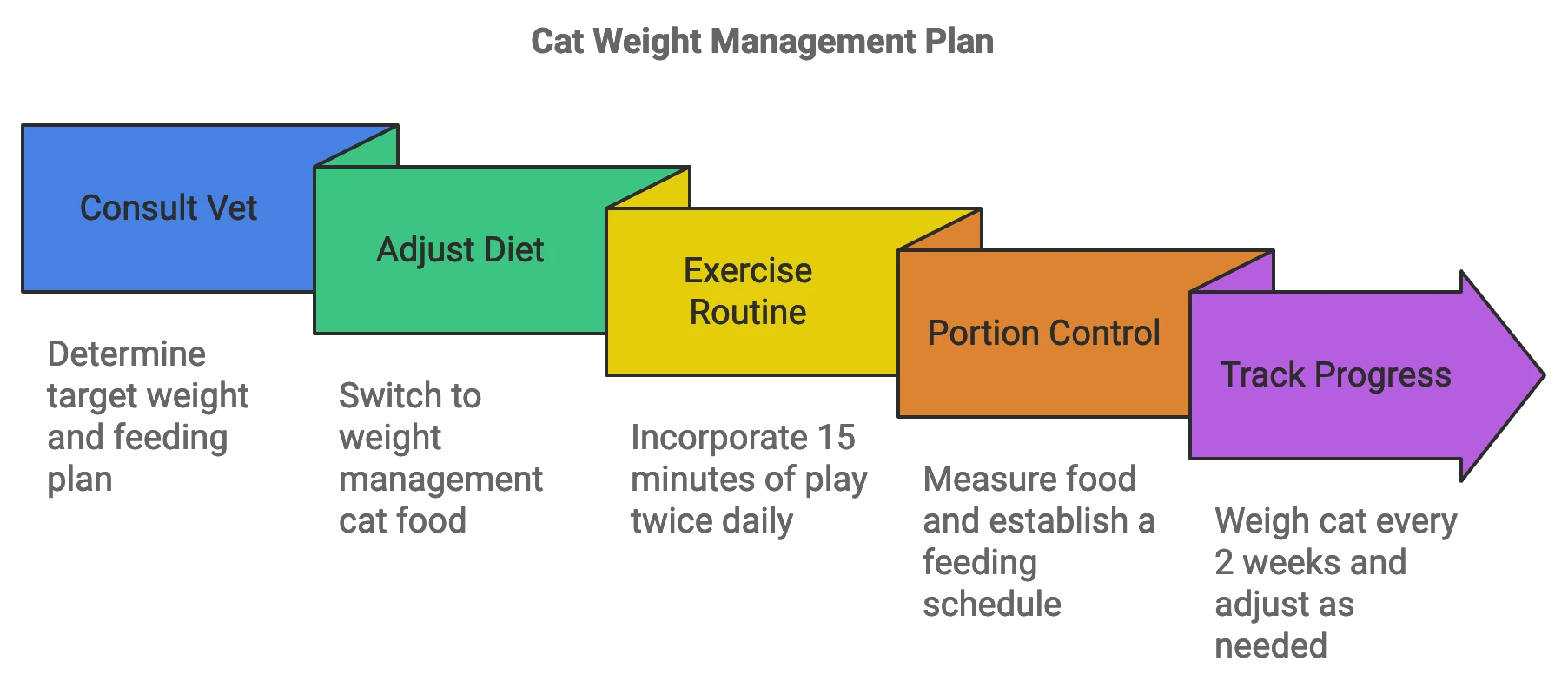
Key Takeaway: A structured weight loss plan that includes diet, exercise, and regular vet check-ups is essential for successful weight management.
Common Questions About Cat Weight Loss
Q: How fast should my cat lose weight?
A: Safe weight loss for cats is about 1-2% of their body weight per week. Losing weight too quickly can lead to health issues, so it’s important to aim for gradual, steady weight loss.
Q: Can I use human weight loss products for my cat?
A: No, human weight loss products are not safe for cats. Always use cat-specific products and consult your vet before making any changes to your cat’s diet or routine.
Q: My cat begs for food constantly. What should I do?
A: Try to distract your cat with playtime or use puzzle feeders to make them work for their food. Establishing a feeding schedule can also help reduce begging.
Q: How do I know if my cat is losing weight too quickly?
A: Rapid weight loss can be dangerous for cats and may lead to health issues such as fatty liver disease. If your cat is losing more than 1-2% of their body weight per week, consult your veterinarian to adjust their weight loss plan.
Q: Can older cats still lose weight safely?
A: Yes, older cats can lose weight safely, but it requires a tailored approach. Work with your vet to create a weight loss plan that considers your cat’s age, health conditions, and nutritional needs. Older cats may need gentler exercise and a specific diet to lose weight safely.
Final Thoughts on Helping Your Cat Lose Weight
Helping your cat lose weight requires patience, consistency, and love. By understanding their needs, providing proper nutrition, incorporating exercise, and staying committed, you can help your kitty reach a healthy weight and enjoy a happier, longer life. Remember, small changes can lead to big results, and your furry friend will thank you for it with more purrs, cuddles, and playful moments.
Call to Action: Ready to start your cat’s weight loss journey? Subscribe to The Kitty Kiosk Cat Blog for more tips, tricks, and guides on keeping your furry family member healthy and happy!
Disclosure: This post contains affiliate links. If you purchase through these links, we may earn a commission at no extra cost to you.



